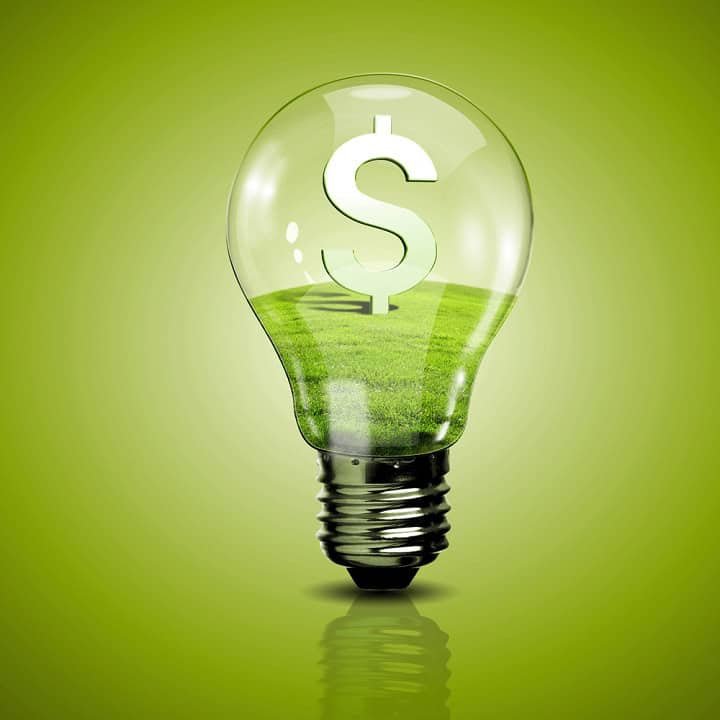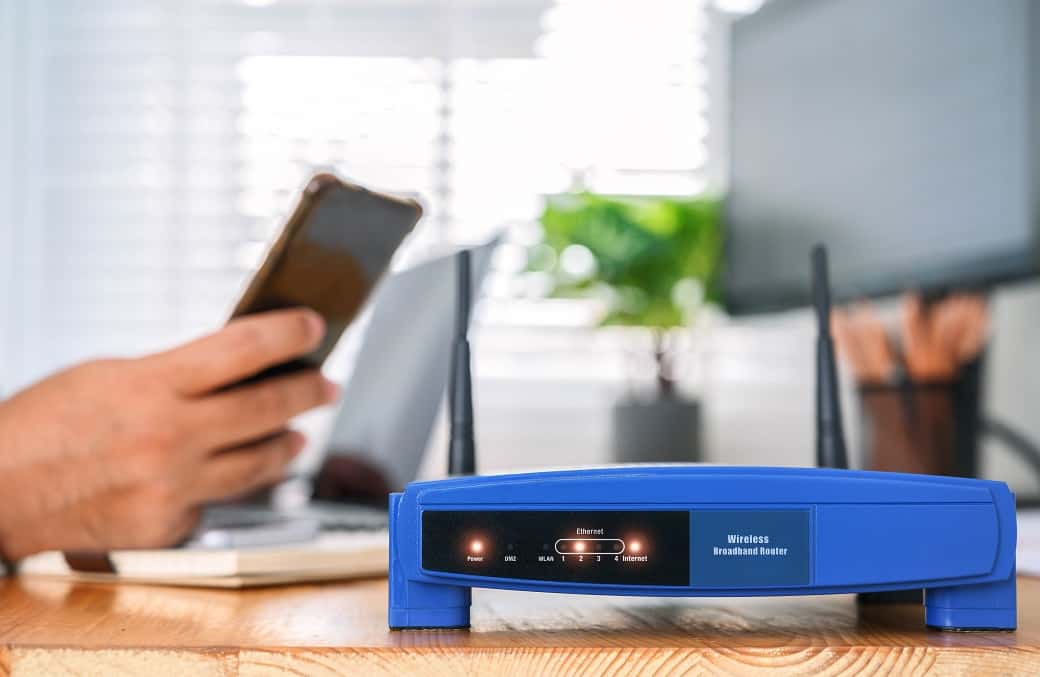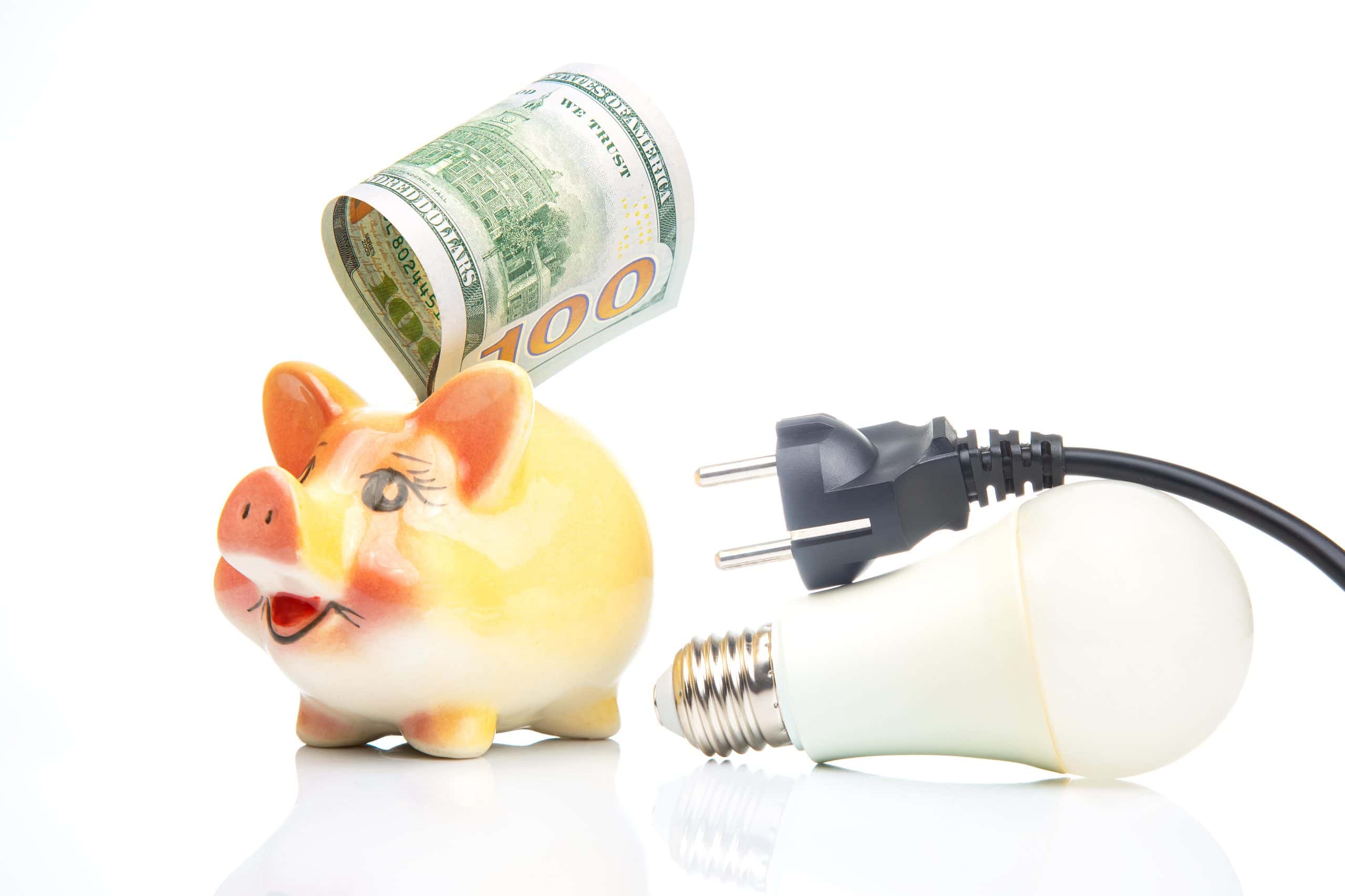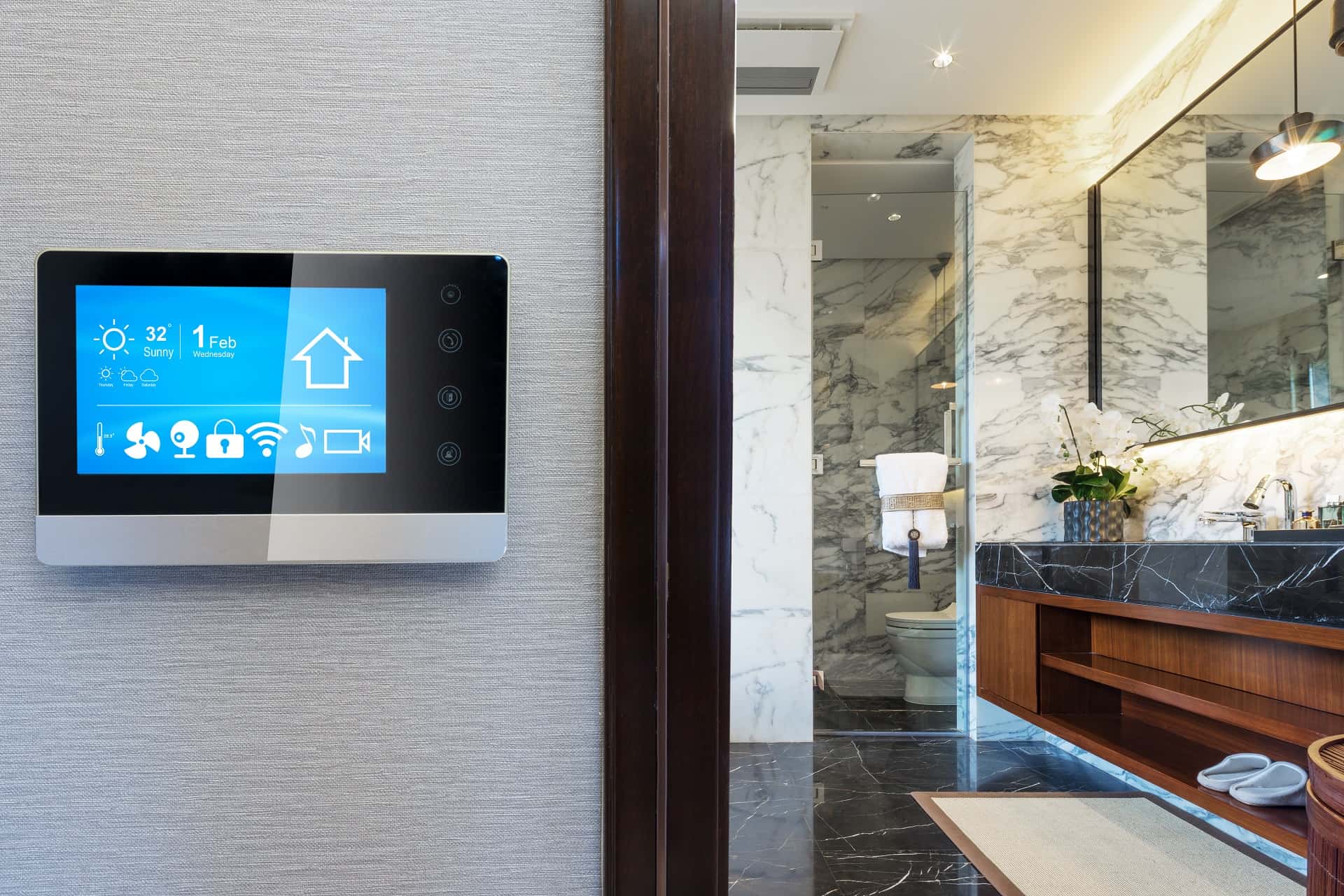If you’ve ever wondered about the energy usage of your smart home, you’re not alone. Many people assume that these modern conveniences are energy-efficient, but the reality can be different. From devices that are always on, quietly drawing power, to the ever-growing collection of smart home gadgets and hubs, your smart home might be consuming more electricity than you expect. This can lead to higher electricity bills, which isn’t ideal. Luckily, there are ways to manage and monitor your energy use. Understanding this can help you make smarter choices about your home’s energy consumption.
Always-On Devices
Always-on devices are those gadgets in your smart home that continue to draw power even when not actively in use. These devices include items like smart speakers, smart appliances, digital assistants, and security cameras. Even smart lights and smart plugs consume a small amount of electricity while in standby mode. They remain connected to your network, constantly ready to respond to commands or perform updates. This readiness means they consistently consume electricity, contributing to your home’s overall power usage and raising your monthly energy bills.
The continuous power use of these always-on devices can have a noticeable impact on your electric bill over time. Even though each device might use a small amount of power individually, having multiple devices adds up to a significant amount of energy usage. This can lead to higher electricity costs, especially if you are not aware of the cumulative effect of these devices being constantly on. Monitoring your smart home devices and managing their activity can help in reducing unnecessary power consumption and lowering your bills.
Expanding Gadget Collection
In recent years, the number of gadgets in smart homes has grown significantly. This expansion includes the addition of smart home hubs, smart cameras, smart thermostats, and more. While they offer convenience, smart devices can contribute to an increase in power usage. Each device requires electricity to function, and as more devices are added to the network, the cumulative power consumption may rise. It’s important to consider that while individual devices might not use much energy on their own, the overall consumption can add up when multiple devices are constantly connected and in operation.
Managing Energy Use
Monitoring consumption in a smart home can help you understand how much power your devices use. With smart meters and energy monitoring apps, you can track usage in real-time. This information lets you identify which devices or systems use the most energy. By understanding your consumption patterns, you can make informed decisions about what smart devices bring the most value for their costs.
Efficient usage practices can also play a role in using less energy. Taking advantage of your smart house’s smarts to schedule lights on or off at set hours, control the thermostat intelligently, or even just turning off power hungry electronic devices on standby with a smart plug. By combining monitoring with these practices, you can better manage your smart home’s energy use.
In Summary
While smart homes offer convenience and advanced features, smart home technology can also lead to increased energy consumption. Always-on devices and an expanding collection of gadgets contribute to this rise in electricity use. However, by monitoring your energy usage with smart meters and adopting efficient practices, you can manage and potentially reduce your power bills. Being aware of how your smart technology impacts energy consumption is key to making informed decisions that balance convenience with energy efficiency.




